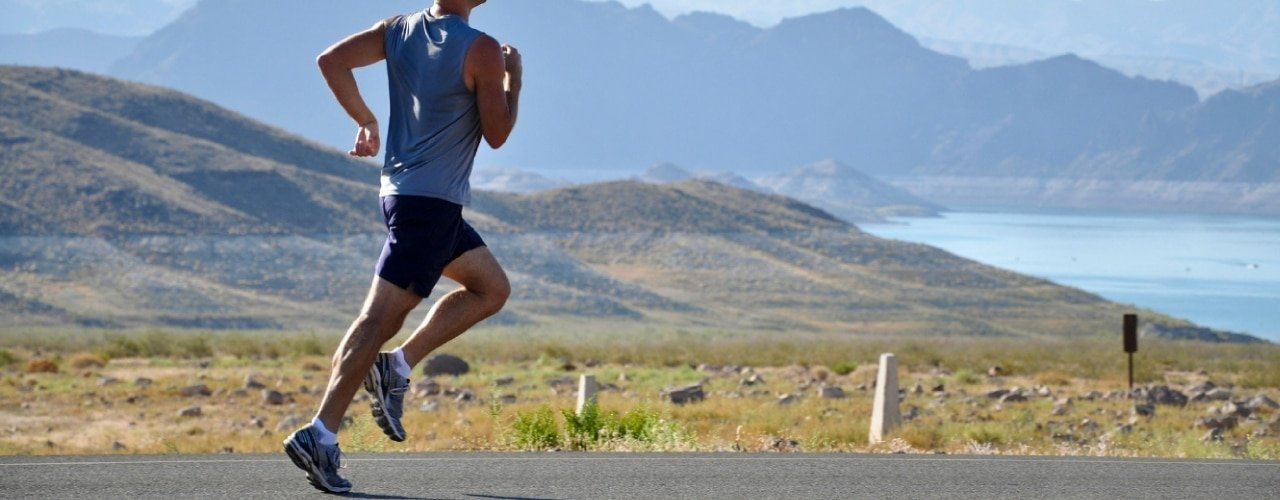Running is one of the most popular forms of exercise, because you don’t need any special equipment to do it! All you need is a good pair of running shoes and the great outdoors (or a treadmill). While the equipment is simple, the requirements to get the body ready for running are not. People often start running without having the right level of strength and flexibility, which can lead to injury. Physical therapists are movement experts and are uniquely equipped to help patients start or progress a running program with a lower risk of injury.
The licensed physical therapists at Carlson ProCare are experts in movement. Many of us are also runners ourselves. We have a deep understanding of the demands on a runner’s body and how to optimize a person’s strength, flexibility, running form, and endurance. There are several factors that we look at when treating a runner, whether that person is currently injured or looking to prevent injury.
Biomechanical Analysis
- Gait analysis on a treadmill and/or outdoors to assess running shoes and identify inefficiencies in running form
- Assessment of spinal, pelvic, and peripheral joint alignment and mechanics
- Leg length discrepancy
- Joint range of motion and flexibility
- Nerve tissue mobility
Strength and Cardiovascular Fitness
- Core stability
- Leg strength
- Upper body strength
- Optimal breathing pattern
- Setting appropriate pace zones for training
Physical Therapy Case Study
Here is a case study of a runner who developed new onset of right ITB pain while running:
Self treatment of foam rolling and stretching was not improving the pain. The patient had not changed their weekly running duration, shoes, or surface. The only thing that was different was that the patient was spending more time sitting on the couch while working on a laptop. The patient also reported increased mid-back (thoracic) stiffness, which was attributed to poor sitting posture on the couch. At evaluation, the patient demonstrated normal hip, knee, and ankle range of motion. Core and leg strength was normal. The patient demonstrated moderate stiffness in the mid and lower back, particularly with rotation. Spinal rotation is required for normal running gait. If the spine doesn’t rotate normally, it places increased stress on the hips, knees, and ankles. The patient was treated with manual therapy to increase thoracic mobility and instructed in exercises to improve thoracic rotation. The patient only required 2 visits to return to pain-free running.
Additional Resources
The American Physical Therapy Association has a very informative, free e-book on running. You may download it from this link:
- The Physical Therapist’s Guide to Healthy Running from the American Physical Therapy Association (2011, www.moveforwardpt.com)
If you are a runner and are experiencing pain with running or are looking to prevent future injury, contact us today to schedule an evaluation with one of our highly skilled physical therapists.


